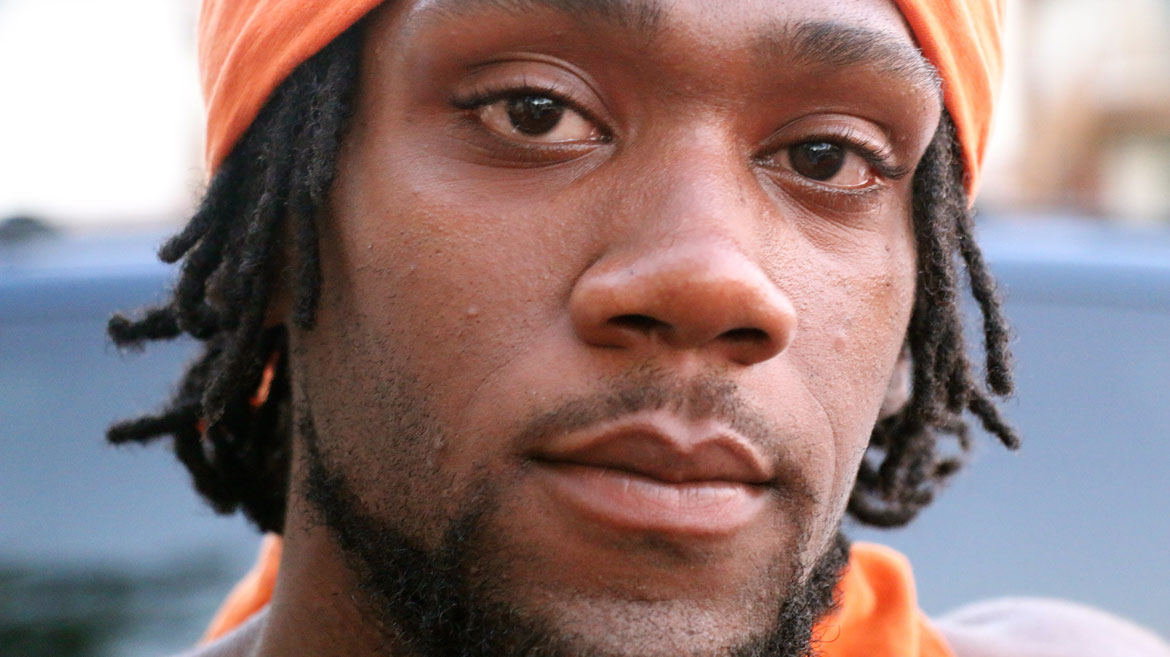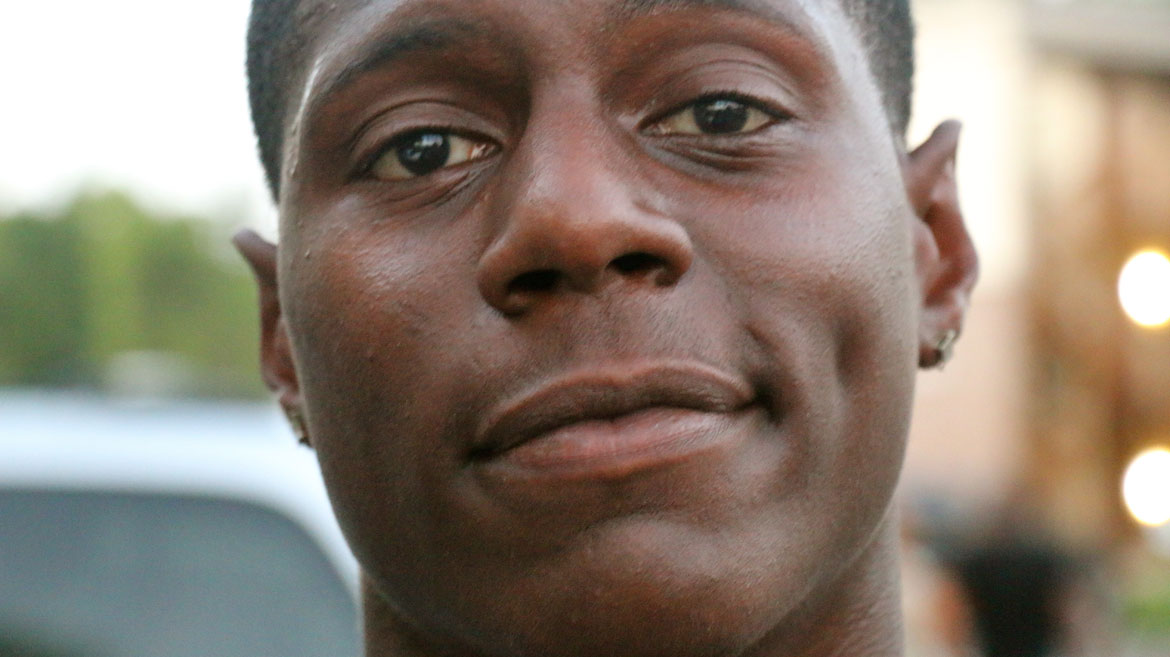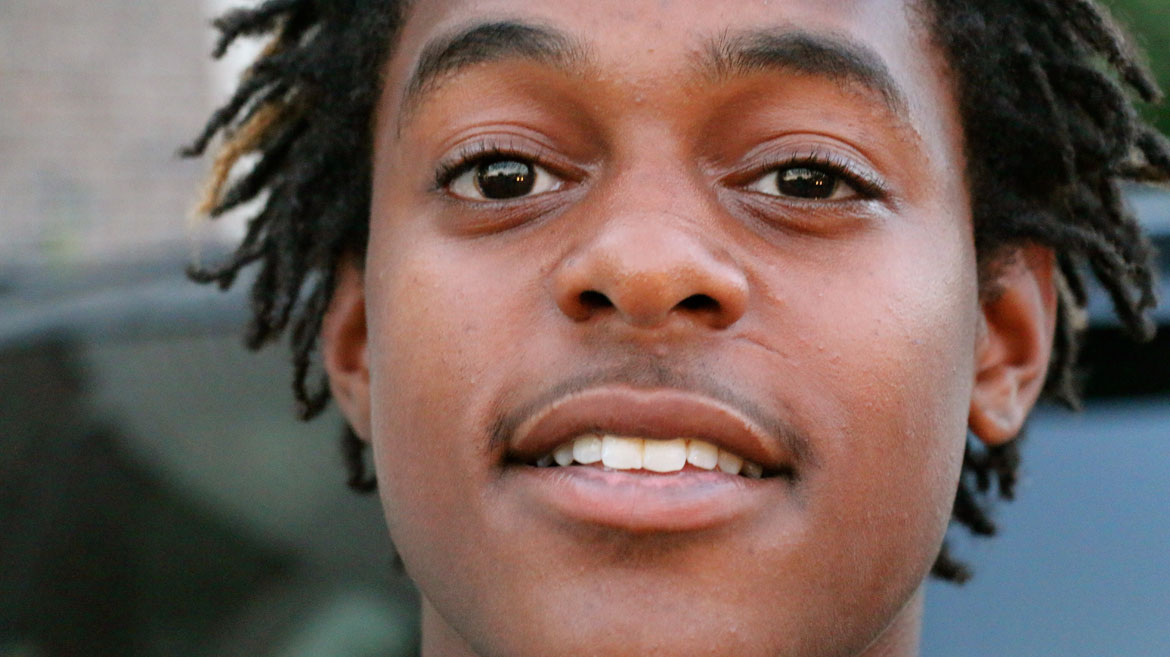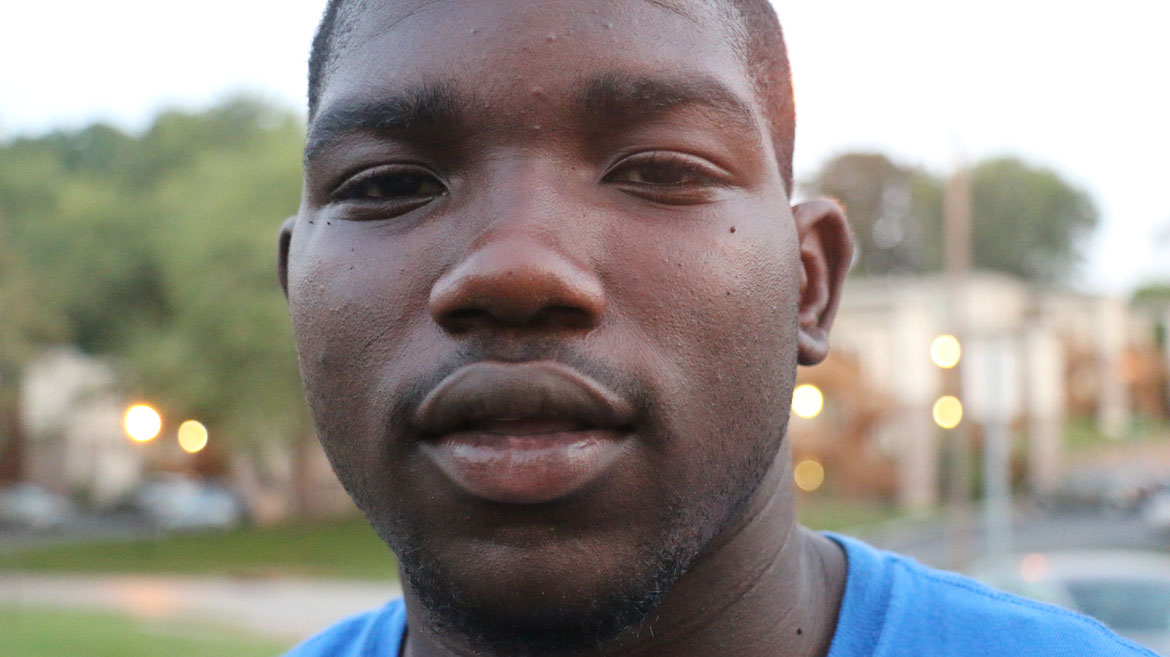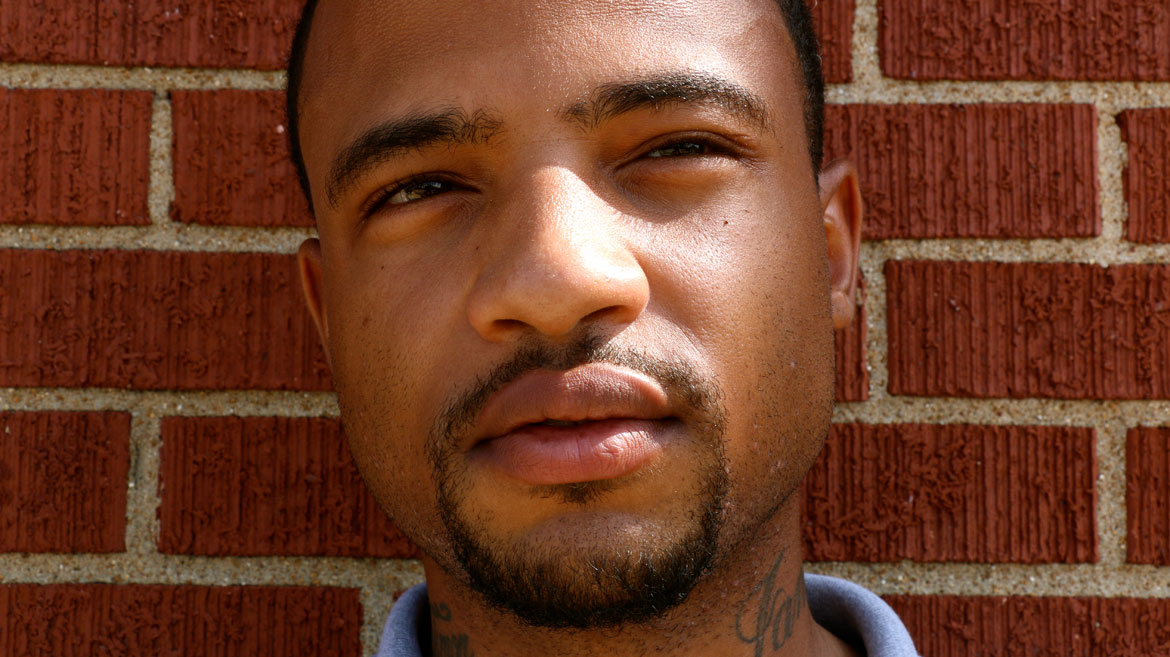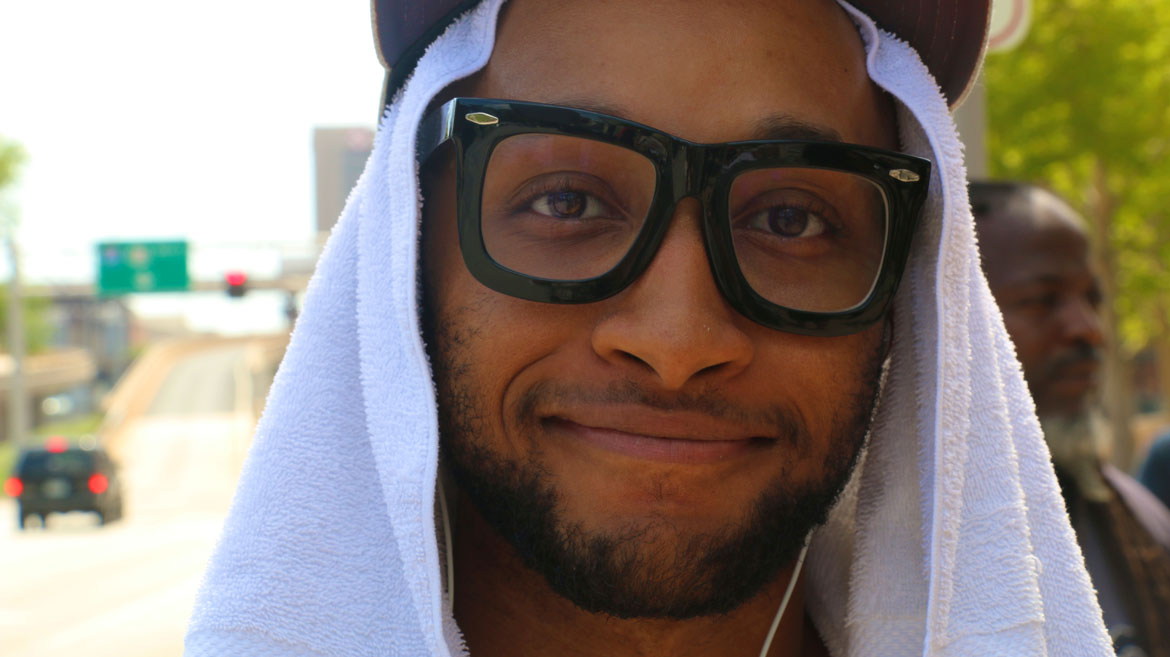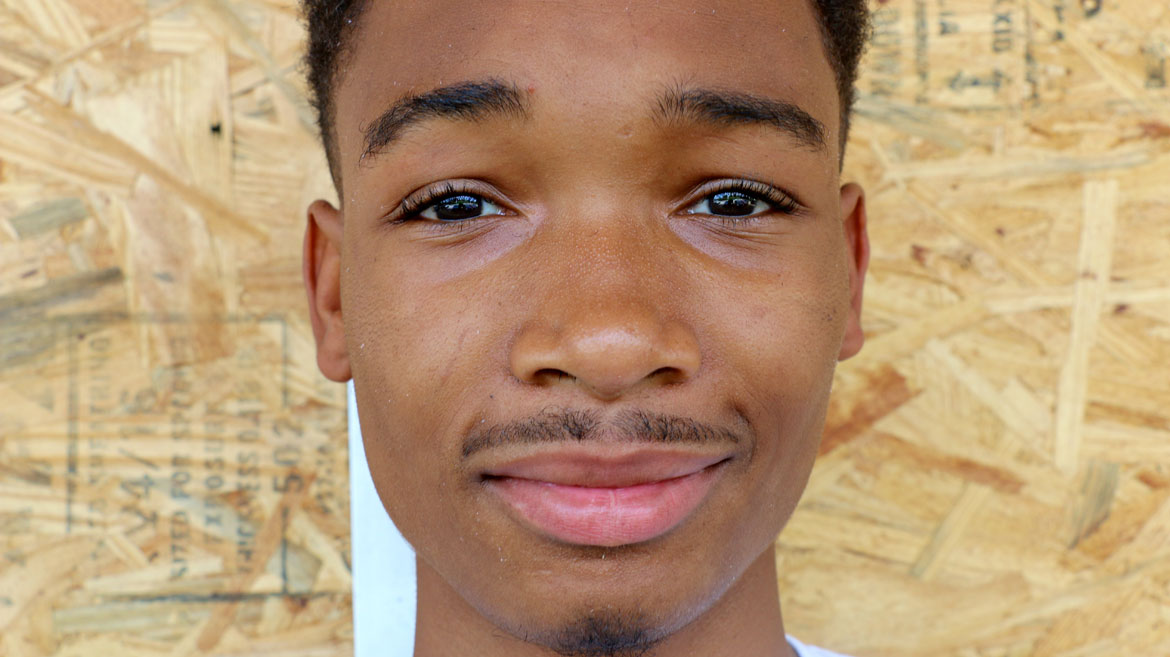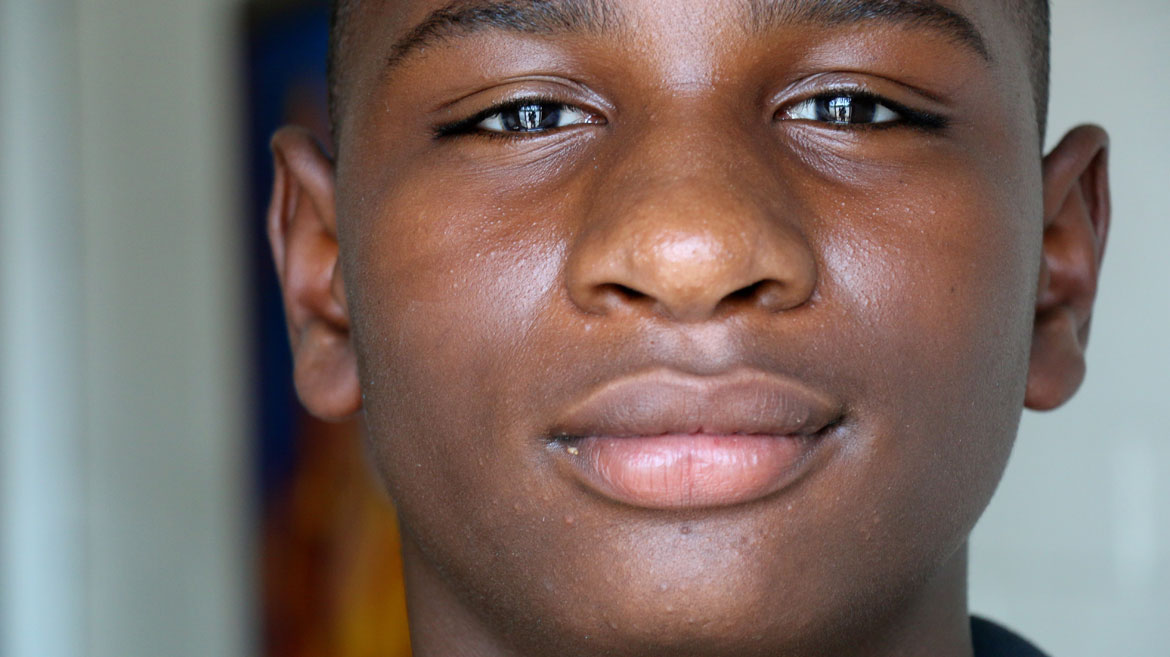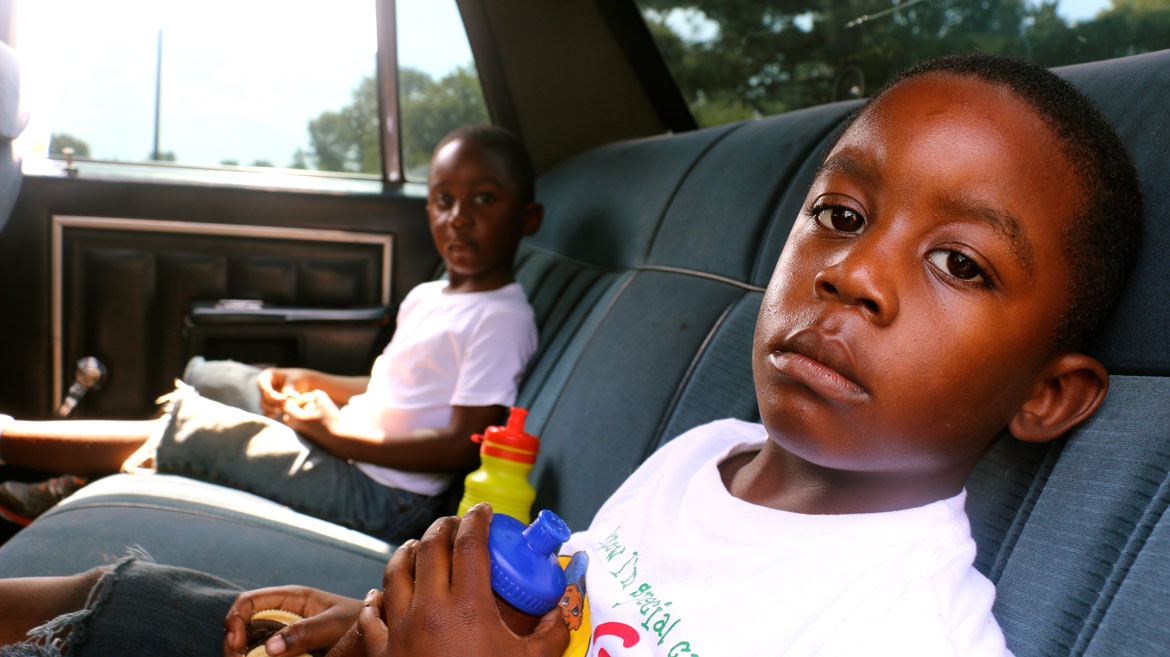Very few Americans know that Dred Scott and Michael Brown are buried within miles of each other. The first, a slave, who sued for his freedom and that of his wife and daughters, was victimized by the Supreme Court which decided against his emancipation. The justices found their decision on the grounds that neither he nor anyone “of African ancestry could claim citizenship to the United States of America.” Instead, he would remain the property of another man of a lighter hue who, as a full citizen, could not be deprived of his right to ownership of another human being. Less than three months after the verdict, Scott and his family were “manumitted” (legally freed) by their new masters. Scott lived two years of his life a free man. He succumbed to tuberculosis at the age of sixty-three and was buried in St. Louis, Missouri. Just a postal code away and 157 years later the second man, Michael Brown—also black, but much younger—died at the hands of the state. A police officer shot him seven times, following an alleged altercation despite witness reports that the young man’s hands were raised up and in full sight. The circumstances are in many ways quite different, but the pervading question in both instances remains the same: Do black lives matter?
Michael Brown’s death has captured national and international headlines for valid reasons. The incident itself points to inherent prejudices that influenced police officer Darren Wilson’s repeated firing at an unarmed man. The ensuing police statements revealed a glaring lack of proportional racial representation in law enforcement—the predominantly black neighborhood of Ferguson patrolled by an almost all-white crew. Militarization of the police, moreover, was on full display during the protests when the state deployed heavy-handed—and frequently terrifying methods—to quell dissent. And for many Americans, the case pointed to an ill-equipped judicial system where a grand jury could not find enough “probable cause” to indict Wilson and hold the gatekeepers of law accountable for their own violations. These worrisome features of the case are not just manifold, but inextricably linked.
Protesters in Ferguson took to the streets with relentless ferocity. Their actions and reactions went beyond this one incident. The protest were directed at the cumulative impact of repeated incidents just over this year—Dante Parker, Dillon Taylor, John Crawford, Tamir Rice and many ‘unaccounted’ more. Yet another recent acquittal of the police officer who put Eric Garner in a chokehold, killing him, while Garner pleaded, “I can’t breathe” has reverberated in the shouts of protesters on the streets, from New York to San Francisco. Congressional staffers have walked out from their jobs in protest of the injustices against Brown and Garner. On the steps of Capitol Hill they stood in submission and chanted “#HandsUpDon’tShoot.” Meanwhile, students at Berkley conducted a die-in to contest police brutality through pacifism. Glimpses of Gandhi’s Satyagraha (insistence of truth) as emulated by Martin Luther King in the Birmingham movement and James Bevel in the Montgomery Marches have re-surfaced in the latest campaigns of “No Justice, No Peace” being led on the streets and virtually via social media.
The chants started in Ferguson but their echoes have been heard across the country and even around the world over recent weeks. This is an important moment for civil rights in the United States, particularly in the realm of racially motivated police brutality. The momentum must be maintained and questions about the worth of black lives in the eyes and actions of a purportedly post-racial justice system must be reiterated. But asking questions will not suffice on its own. Our collective introspection as a society and state must to be sustained.
Since the night of the shooting on August 9, 2014, Michael Brown’s case meandered, faltered and was finally derailed. There were character assassinations of people involved with both sides of the story. Was Mike a good kid? Was he shoplifting when stopped? Was his physical appearance intimidating? In it all, though, the importance of the matter was nearly forgotten. Do black lives matter? Do young black men and women believe their lives matter? A seemingly business as usual attitude ensued and it appear police force had thwarted the movement within weeks. But the truce was broken by the glaringly unjust verdict in which Wilson, the officer who killed Brown, was allowed to walk away without an indictment. The announcement brought back the full-fledged frustration from those who had been protesting.
A similarly callous decision from a court in New York not to pursue a trial in the Eric Garner case soon followed. The two cases propelled the movement that many contend is a turning point in the American civil rights movement. But unlike prior movements this time the scrutiny must go beyond the codified rights and towards the psychosocial fabric that weaves the African American experience in places like St. Louis. The responsibility to make black men and women believe that their lives matter and that they matter just as much as all others must be collective, concerted and coordinated by the state.
Anyone who has worked towards civil rights in the United States will point out the obvious yet politically inconvenient conditions that have led to this state of affairs. We must examine racism in Ferguson and other areas of St. Louis through the lens of a persistent lack of opportunity and equity. Their confluence has created a crippling psychosomatic reaction amongst young black men and women—to the point that local social workers have identified stunted imaginations of young men and women before they have even begun to take form. This is the probable cause that the jury failed to find in Brown’s case, and many others that carry similar repercussions.
Born Profiled
“Racial profiling” is a defining feature of public spaces in the inner city neighborhoods of St. Louis. It is a running joke amongst those who have experienced it first-hand that "driving while black" should be included on police charge sheets.
St. Louis—an urban center with deep racial divides owing to an extensive history of segregation—is a misunderstood non-city. Encompassing several counties, the greater St. Louis area is often mistaken for the city itself. In fact, the city itself is a small portion of the larger region. When the city of St. Louis separated from the county in 1877, it was lauded as a thriving economy. Ironically, it was this decision to splinter from the county to avoid paying additional taxes that encouraged highly stratified zones both in terms of race and income. In the post-war years, the city of St. Louis became congested with an exploding population, thus spurring a westward expansion throughout the county, inevitably creating an urban decay that was exacerbated by racial migration. Black neighborhoods in the suddenly emptied out city found themselves bereft of basics. White suburbs, by contrast, thrived through rapid development and investment in the county.
Today, despite their physical proximity, the psychological divide between the city that remains majority black and the largely white county is staggering. While segregation planted the roots for separate communities that enjoyed little interaction, inequitable economic development fortified the barriers. From the quality of education to housing and infrastructure, opportunities afforded and daily realities for respective residents vary to a shocking degree. One is privileged, the other profiled. I have experienced this divide firsthand.
When I moved to St. Louis at the age of seventeen, as an Indian woman I was immediately accepted to the oft-clichéd melting pot. During my first two years, I lived with my family in a predominantly white suburban neighborhood in West St. Louis County where multiculturalism was celebrated. Our friendly neighbors often commented on the aroma of spices wafting from our kitchen—their implied stamps of approval of our presence. This acceptance of the eclectic was the nature of “America,” I was regularly reminded. All were welcome in the club. And for the most part it was true. I saw Chinese, Iranian, Mexican, Lebanese, Vietnamese, and Bosnian immigrants, among others, where I lived. Everyone was accepted. Except black Americans.
Despite being Middle America, St. Louis has experienced diverse patterns of migration—a feature of life in this region that is usually not mentioned. The area boasts the largest diaspora of Bosnians outside of Europe. A visible Vietnamese community settled in the city after the Vietnam War. The area’s South Asian community has grown by more than 80 percent in the past decade. A part of the city called “The Hill,” where families still speak in Italian and scorn pasta that is less than al dente, dates to the nineteenth century.
But, it took me two years to discover the other side—the parallel universe that exists to the east of the city, as aptly portrayed by this recent New Yorker cover image. Admittedly, my first time driving into one of the inner city neighborhoods, was a shock. The contrast was alarming. The level of abandonment by the state was visually startling. Boarded up houses, police tape everywhere, deserted common spaces. I felt fear for my safety every time I stopped at an intersection. I had been effectively brainwashed. This was not a scene from The Wire, I reminded the biased part of my brain. I had traveled from the county to teach adolescent students from a failing school district that was unable to provide for those identified as “problematic” and in need of extra attention.
The infrastructure, conditions of roads, and undoubtedly the racial make-up of the local residents, changed so dramatically within the thirty-minute-drive between the county and the city that I wondered how they constituted the same country, let alone the same state.
As someone who grew up in Hyderabad, a city with a similar divide between Muslims and Hindus, with great socio-economic disparities and segregated communities, the contrast gripped me. I needed to understand why this divide existed in the United States that (to my limited knowledge at the time) was touted for her universal espousal of racial diversity. How had such deep divisions persisted to present times? So I started to teach so-called “problem kids,” in the St. Louis City school system—kids that were categorized according to their behavior, which might range from “juvenile delinquents” to being “disruptive to classrooms decorum.” The first meant that they had likely shoplifted. The second meant that they probably suffered from ADHD.
It became quickly apparent that the futures of these children were held hostage to racial stereotypes sown over a long period of legal segregation followed by continued segregated living. The walls had clearly not come down. I realized that this divide was particular and incomparable to my own experience as a minority. It was not between Whites and non-Whites, as it surely is in some places. It was not between Christians and non-Christians, as it is in others. It was not between migrants and natives, although it is a pressing pre-occupation of American identity. It was simply between being black, or being white.
Given this evolving inequity, it is not surprising that the St. Louis area has gained notoriety for being one of the most racist areas in the United States, and consistently ranks first or second in the list of the most dangerous cities in the country. These rankings are linked and symptomatic of pervasive socio-economic disparities, inequities in how the state assesses right to access to public goods. Education is one such glaring example. The fact that funding for public school districts is proportional to the revenue earned by the families living there says it all. Simply put, if a child is born into a wealthy district family, the quality of education, from basic facilities and nutrition to the rankings that allow entry to leading universities, will vary dramatically from those accessible to a child born in an impoverished neighborhood only twenty minutes away. In fact, the Washington Post conducted a series of investigations on how St. Louis County actually profits from the lack of infrastructure in the poorer areas.
The leading journalist in the series, Radley Balko, presents a strong case for how “the system weighs most heavily on the poor, who are less likely to have legal representation…more likely to be swept into the cycle of accumulating fines and arrest warrants.” To add to the woes of the poorest offenders from the city, mostly guilty of minor infractions such as speeding and expired registration, they will then be forced to go to courts and municipalities in the county as their own neighborhoods in the city often lack the facilities. So inevitably, the revenue from these offences goes to the county that already receives a much higher income from the sales taxes of its own comparatively wealthy residents. As such divides have been institutionalized by the state, parallel universes have emerged.
What became apparent following the 1954 Supreme Court decision declaring “separate but equal” policies unconstitutional was that black men, women and children—whether they lived in the city or majority-black municipalities in the county—would continue to pay the price of a racism embedded in society. The barriers to opportunity and equality continued to be bolstered through their daily experiences. Integration efforts, some which were undertaken in St. Louis as late as1982, failed to ever take effect. Following are accounts from young black men, someone of whom lived in the same building as Michael Brown on their tribulations with authority, opportunity and respect.
Anton, 22
years old, father of four, resident of Cantfield apartment complex, Ferguson MO.
"My kids are directly affected by what is happening. We have to start telling our boys at a young age they will be discriminated again because he was born black. Something happens to the mind when you are constantly living as though you pose a threat when that same society, here in Ferguson, mainly white society, treat our lives ain't worthy. It's fucked up and we're tired of it. And the media, we do good things here too, I'm happy we are in the news, but we are families, and neighborhoods too."
Cameron 21, Canfield resident.
"Of course I've been racially profiled, they stop me for the most outrageous s***, asking why are you walking on the sidewalk, where are you going? How can I not even walk in my neighborhood, the entire police force minus the three Uncle Sams come through all the time. The way I see it, if you don't live over here, you don't need to patrol over here, 'cause that's how racial profiling starts right there."
Derrek, 16, Canfield resident.
"What they did was wrong, what happened here is not right and if it continues, it's like saying I got no future. Canfield is where it started, but now it's more than that"
Chamis, 21, Canfield resident.
"This has made people wake up, this brought out the communities to at least talk about it, this is a serious problem for us and it's gotta stop"
Bone, 26, Ferguson resident attending Mike Brown's funeral.
"It's like we walk around with targets, nobody wants to be harassed like that. They make us out to be criminals and thugs, walking home and get stopped like I was in the wrong for walking home. This is how America feels towards black people"
Jerald, 19.
"Why should I be ashamed of my color? Why should I let them make me feel shame because I was born this color? Society would like me to think I was born damned, but I'm black. Thank God I'm black, stop me a hundred times, I'll tell you what you see, I'm black and I'm proud."’
Nathaniel, 19, resident of St. Louis, MO.
"I don't agree with people burning things down to say they don't like a situation. I think it's wrong too, Mike didn't do nothing to no one, he was a kid, like me. He didn't even have a change to start college. I've been stopped many times before, just for walking, given walking tickets like it's a crime. But really, it's because I'm young and black and fit a certain type they be looking for."
Michael, 14, Ferguson resident.
"I didn't notice to much being black because Ferguson is a black community, so when this happened, and they canceled school, my mom and teachers told me what's happening, like it's Martin Luther King."
Andre 32, former resident of Canfield Apartment Complex, Ferguson MO.
"I got twin boys and you can see this murder change them, they see people getting nervous and angry about a situation, it's a political situation and most definitely one I consider race related. This is our home too, they have to accept us and give us the respect we deserve."
Essay by Preethi Nallu and photographs by Jihan Hafiz
Preethi Nallu is a multimedia journalist and writer, originally from Hyderabad, India. Born in Iran, raised in India, she spent her university years at Washington University in St. Louis pursuing degrees in journalism and political science. Since graduating, she has lived and worked in Southeast Asia, Middle East, Europe and the Americas. Currently based in Rome, she combines text, visual and audio formats to produce in-depth narratives for mainstream media and UN agencies. Twitter at @Preethi_Nallu.
Jihan Hafiz is an international journalist and documentary film-maker who has covered the world'd biggest news events from the Egyptian Revolution to Brazil's World Cup to the Ferguson street protests in Missouri. She has focused her efforts towards covering under-reported issues and going behind the headlines of breaking news events. Over the course of her journalism career she has worked as a reporter, anchor, camerawoman and editor. Her documentary film Benghazi Rising was nominated for the Rory Peck Award in 2011.

